Fun and function come together in the contemporary interior design scene.
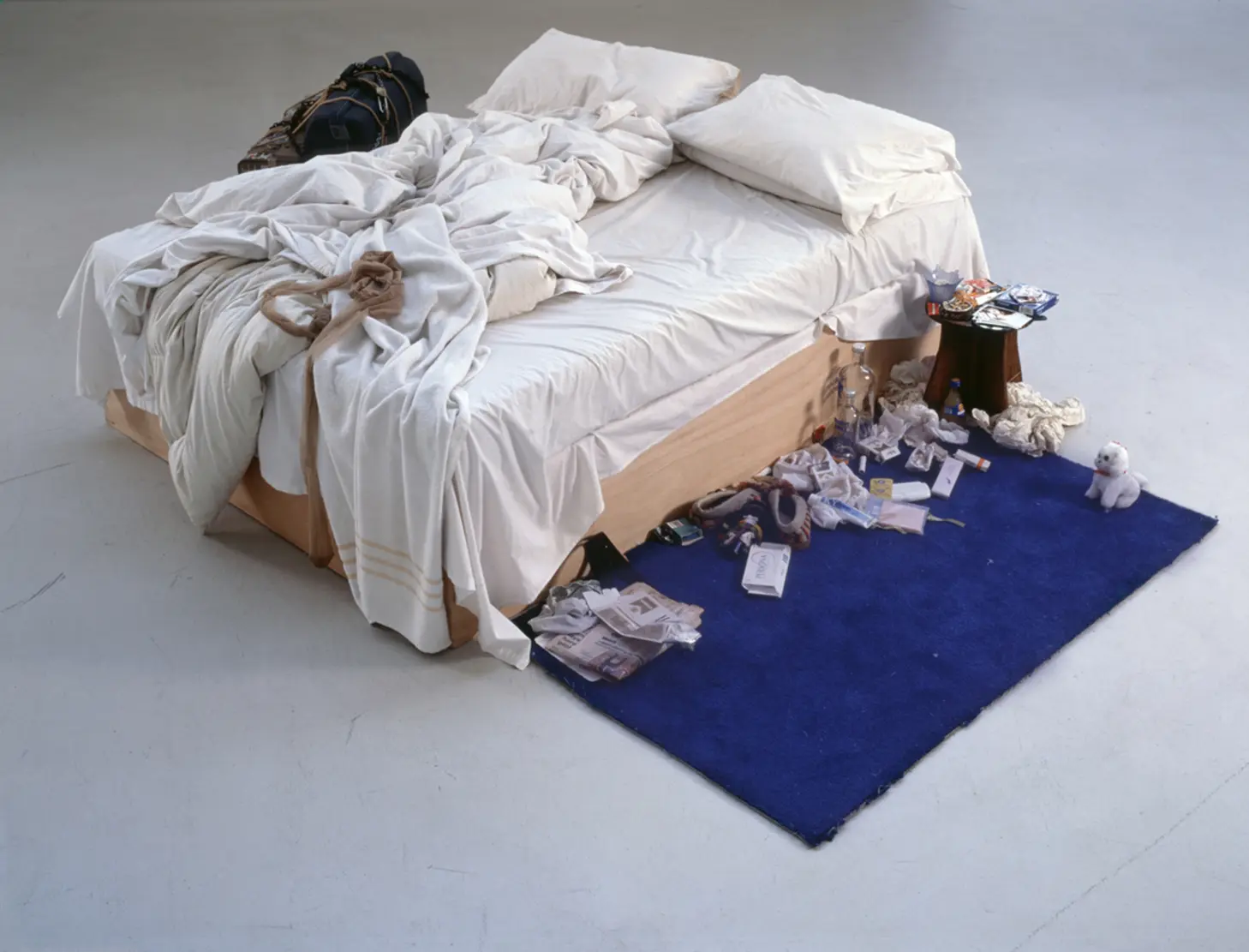
Fun and function come together in the contemporary interior design scene.
October 22, 2025
Fun and function come together in the contemporary interior design scene.
According to renowned historian Glenn Adamson, the concept of art furniture only truly took off in the mid-19th century. But it was the 1980s that marked its vibrant awakening, becoming a defining phenomenon in contemporary interior design.
Adamson explains: “It was the postmodern era, an age of stylistic cross-pollination and public embrace of aesthetic pluralism. The perfect conditions for art and furniture to court, and command attention."
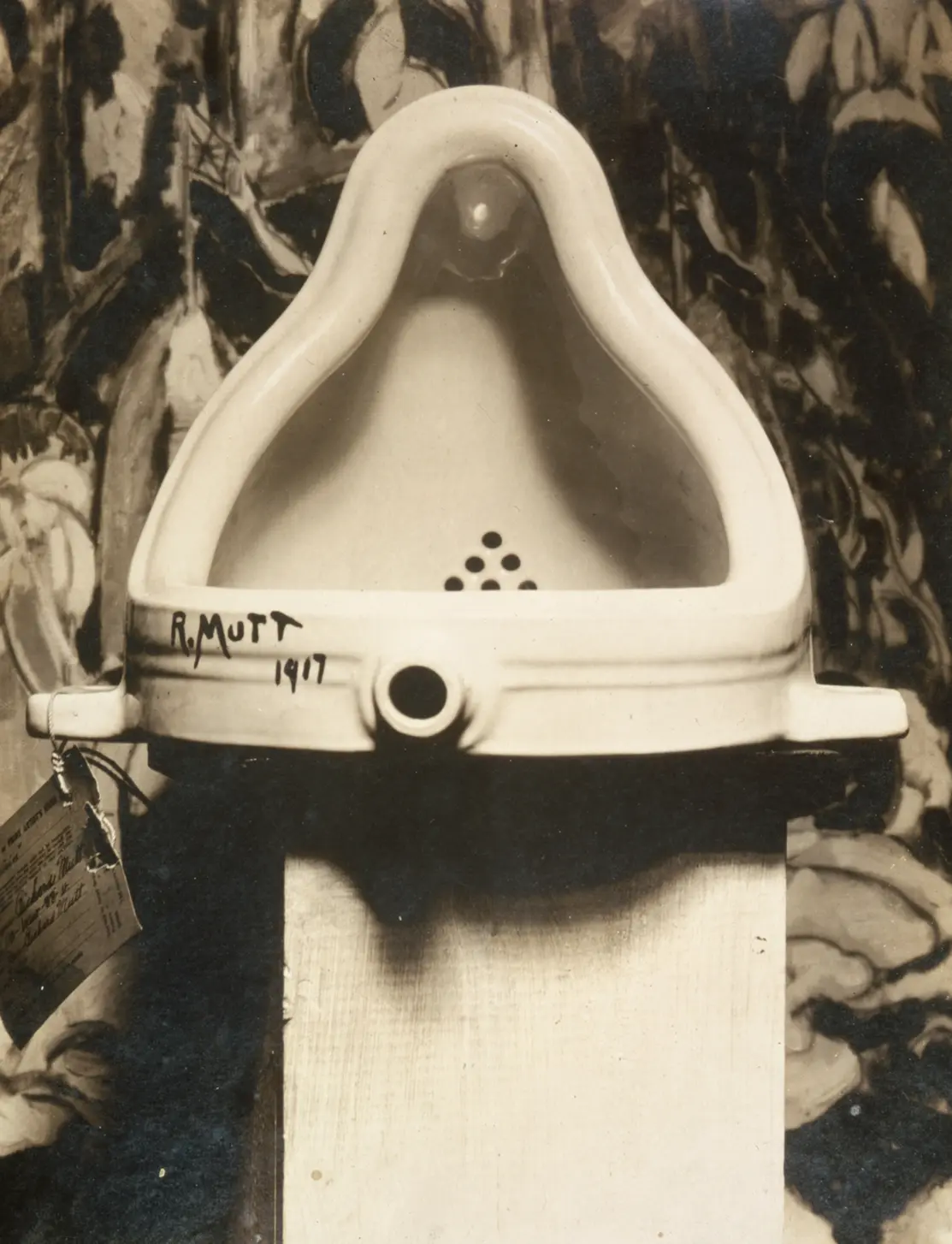
This was the golden moment, made possible by the artistic rupture sparked by Duchamp’s Fountain. That singular work cracked open the doors to artistic rebellion, shattering traditional definitions of art and proving that art can come from anywhere — even, as Marcel Duchamp demonstrated, by calling a piss bowl an artwork. In the wake of that rupture, a pioneering gallery commissioned the artist-designer collective Art et Industrie to create “functional artworks” — in other words, art furniture.
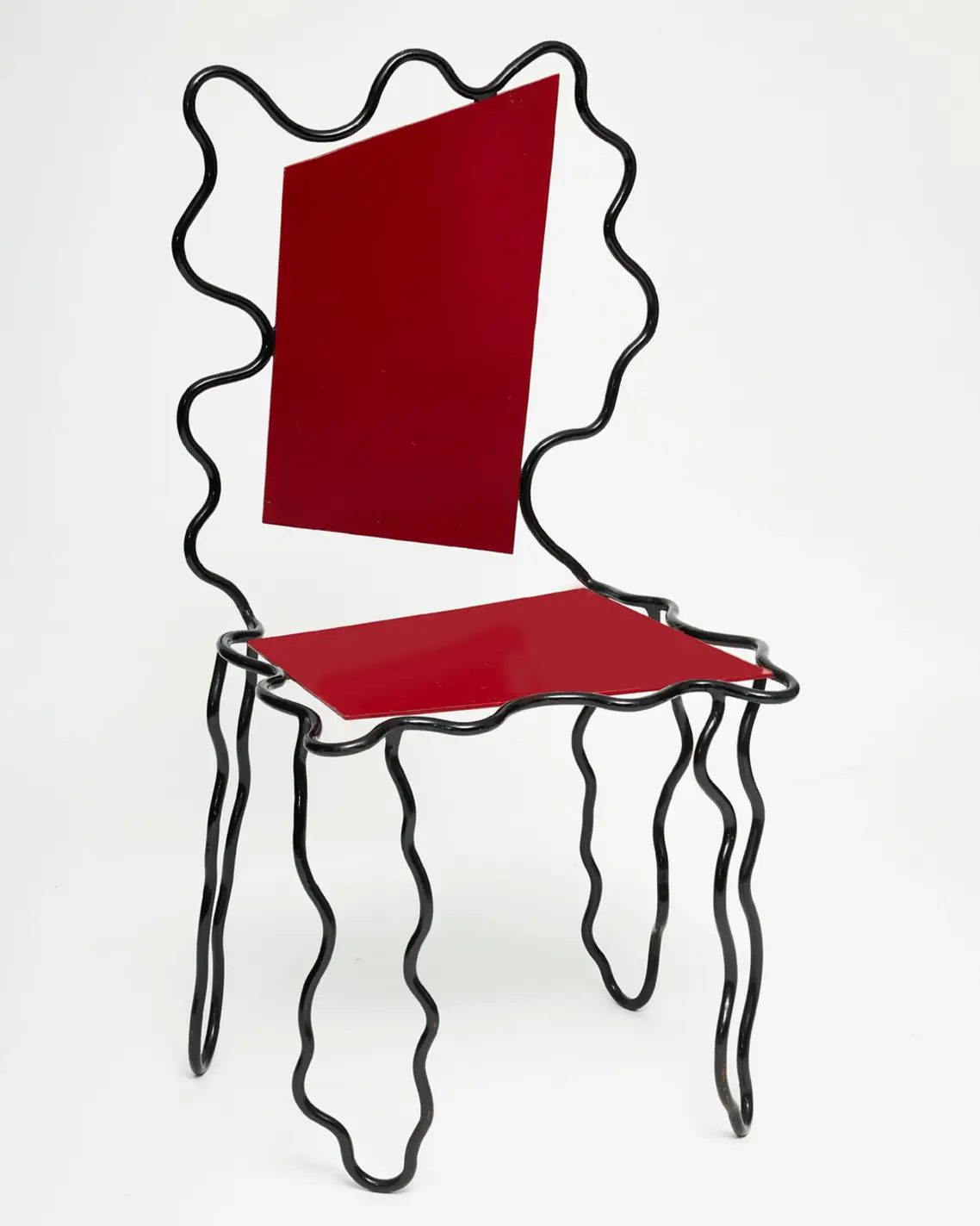
A seemingly contradictory union, the results were bold and magnetic: distorted, jet-black, sky-high chairs by Howard Meister, and resin lamps by Alex Locadia with secret compartments nestled within. While the movement sparked heated debate, it also ignited a wildfire of experimentation: abstract chairs, pop-inspired sofas, surrealist light fixtures, all flowing into the larger current of art furniture.
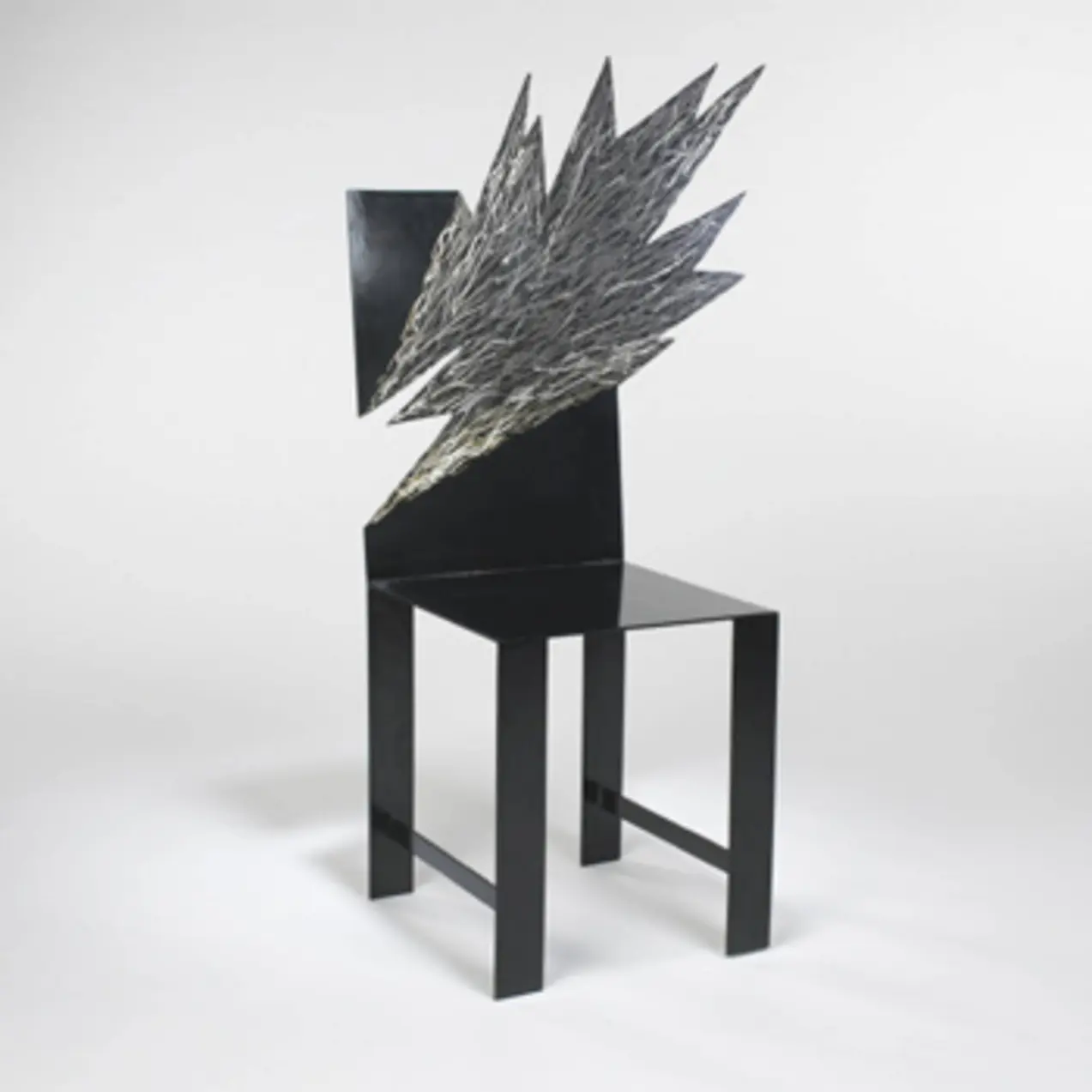
As Franz West once affirmed, “What art looks like doesn’t matter. What matters is how it’s used.” That shift from aesthetics to function (both expressive and physical) expanded the very boundaries of what art could be. Damien Hirst and Tracey Emin, leading figures of the Young British Artists, each redefined what art could be through radically personal and provocative work.
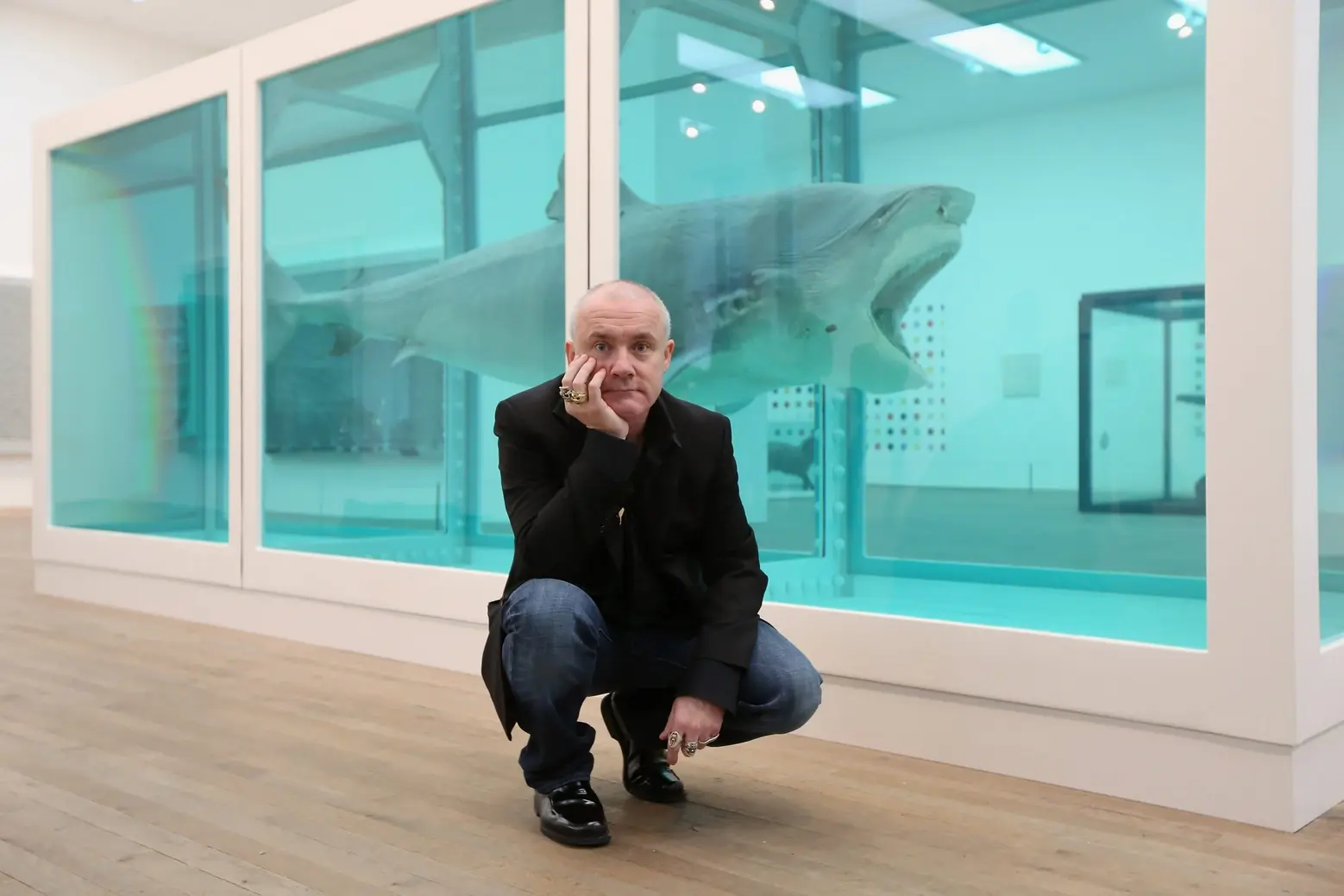
Hirst’s installations, like his preserved animals in formaldehyde, confront themes of death and consumerism with clinical precision, while Emin’s My Bed transforms raw emotion and personal chaos into art, exposing vulnerability as a form of truth. The installation features the artist’s own unmade bed, surrounded by personal items such as empty bottles, cigarette butts, worn underwear, and used condoms — a candid snapshot of depression and heartbreak.

Together, their distinctive styles — Hirst’s calculated detachment and Emin’s confessional intimacy, embody the bold, boundary-breaking spirit of contemporary British art.
In the 21st century, art and furniture are no longer rivals. Instead, they meld seamlessly into daily life. Artists and designers embed their signature identities into each creation, while younger collectors reject rigid value systems altogether.
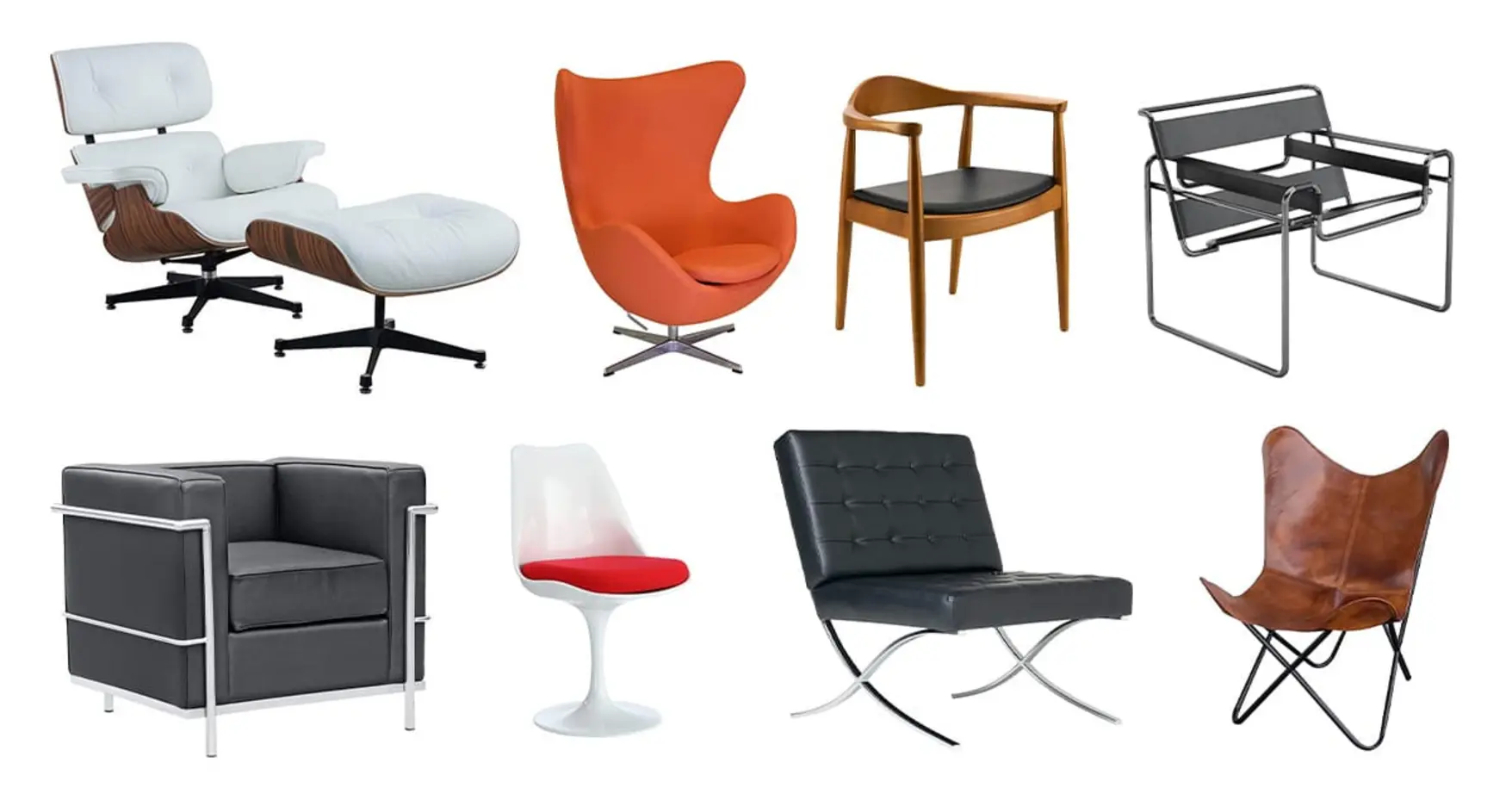
On one hand, art furniture breathes wonder into living spaces. On the other, it dismantles old assumptions about what a piece of art should look like. These works add poetic textures to everyday life, while revitalizing the artistic and design landscapes. Placing art furniture in daily settings also allows art to reach wider audiences, especially those who care more about utility than visual form. This marks a vital shift: taking art beyond gallery walls, into the living pulse of ordinary life.
Despite its rising popularity, art furniture still lacks institutional recognition. Design Week remains separate from major art fairs like Art Basel, which staunchly maintains its “no furniture” rule.
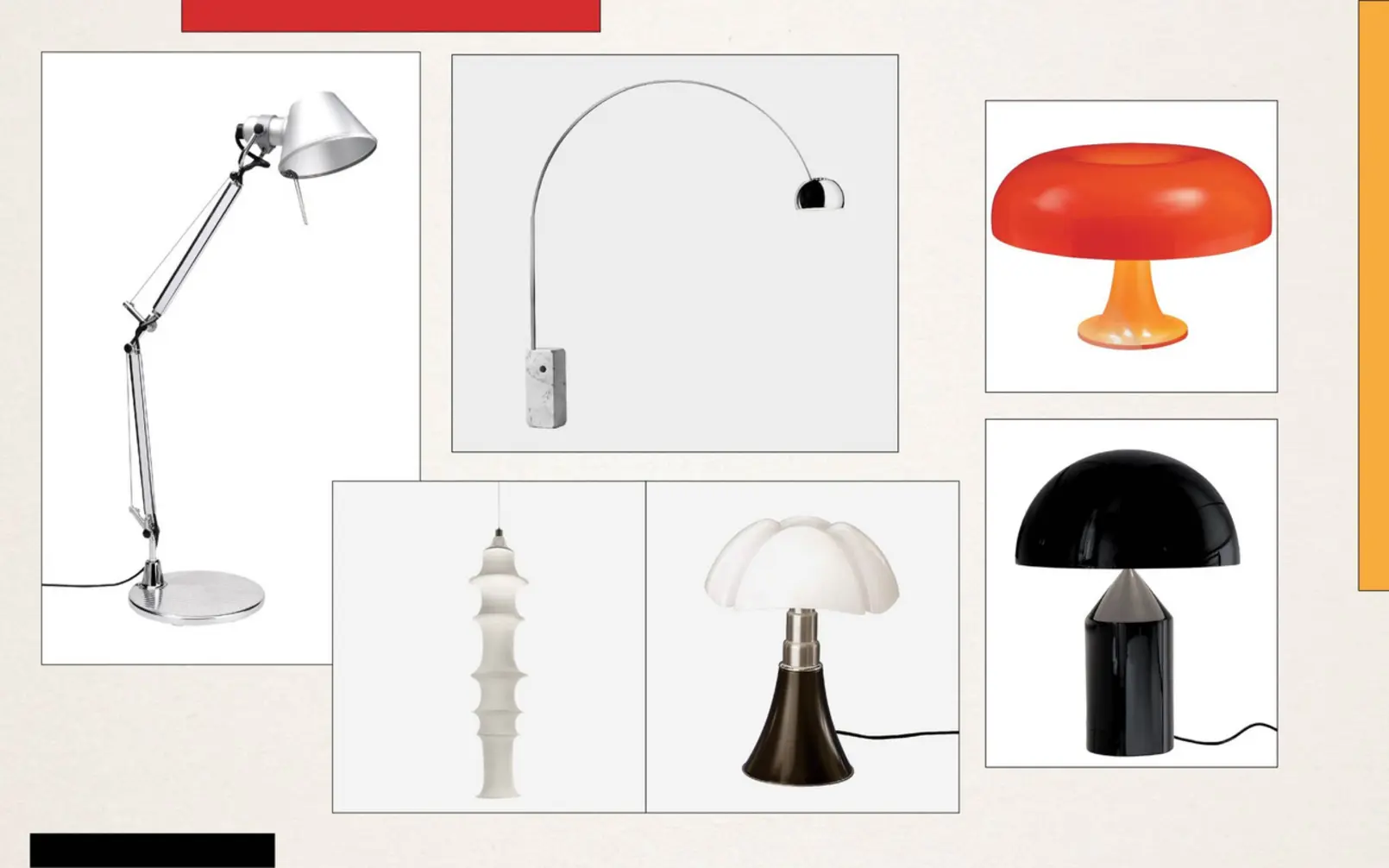
The problem isn’t commercial, it's conceptual. As the Haas Brothers observed, “Humans love repetition. We love sorting things into neat categories.” Their works challenge these mental boxes, encouraging audiences to think beyond aesthetic and societal classifications. This resistance to blurred boundaries, especially in a field that champions innovation, reveals a deeper hesitation toward rethinking the rules.
“People are wrestling with the meaning of life,” says artist-designer Misha Kahn. “It’s difficult to express life’s oddities with something clean, simple, and comprehensible.” Indeed, in today’s unpredictable world, we decorate with objects that mirror our inner sense of chaos or hope. That’s why eclecticism and dopamine decor—flooded with color, form, and texture—have become defining trends. They echo the messy, multifaceted reality of our environment and inner lives, while pointing toward a more expressive, optimistic future.
A single art furniture piece can make us smile, wonder, or even reach out to touch it. Some pieces spark joy; others stir curiosity; and a few dare us to believe we, too, could create something so bold.